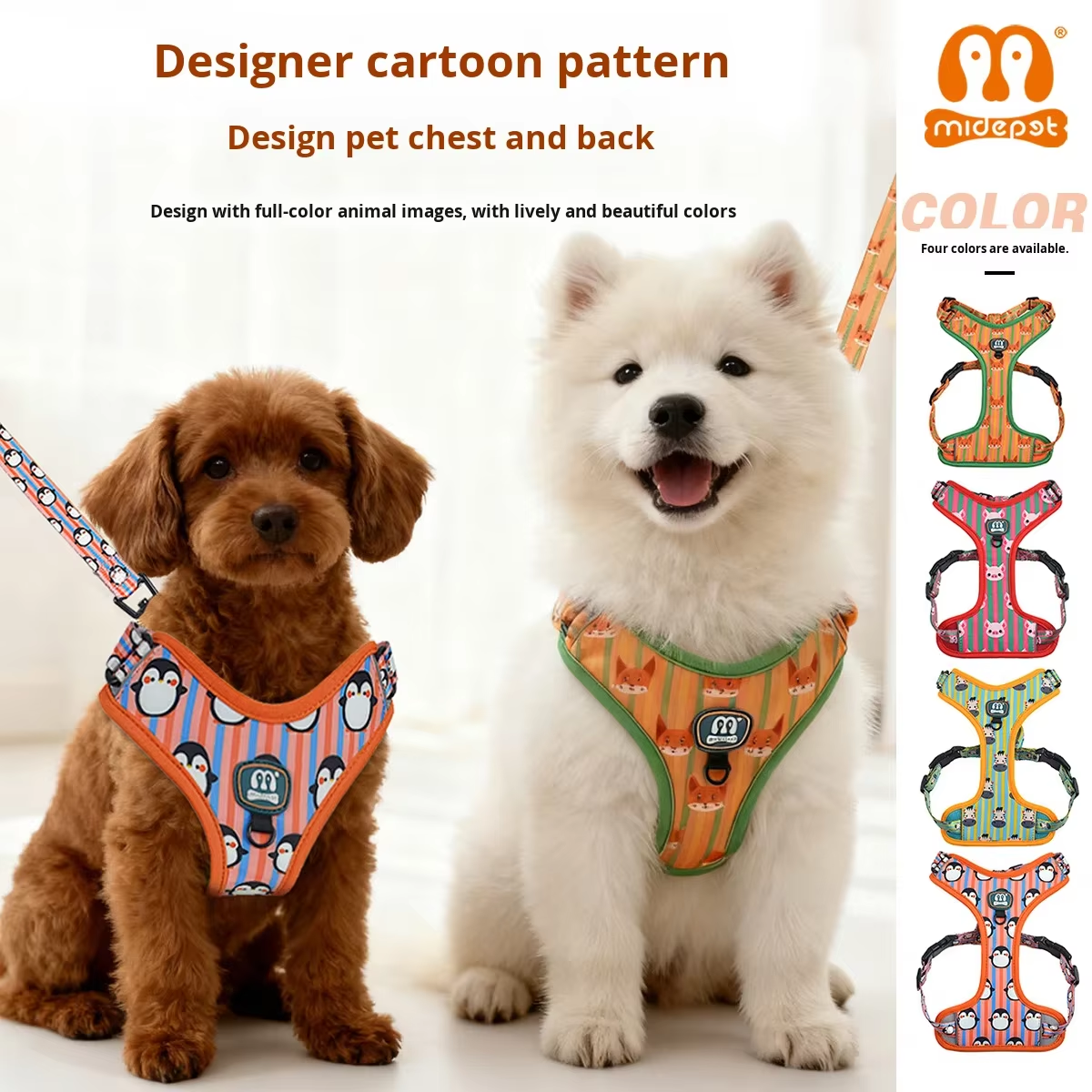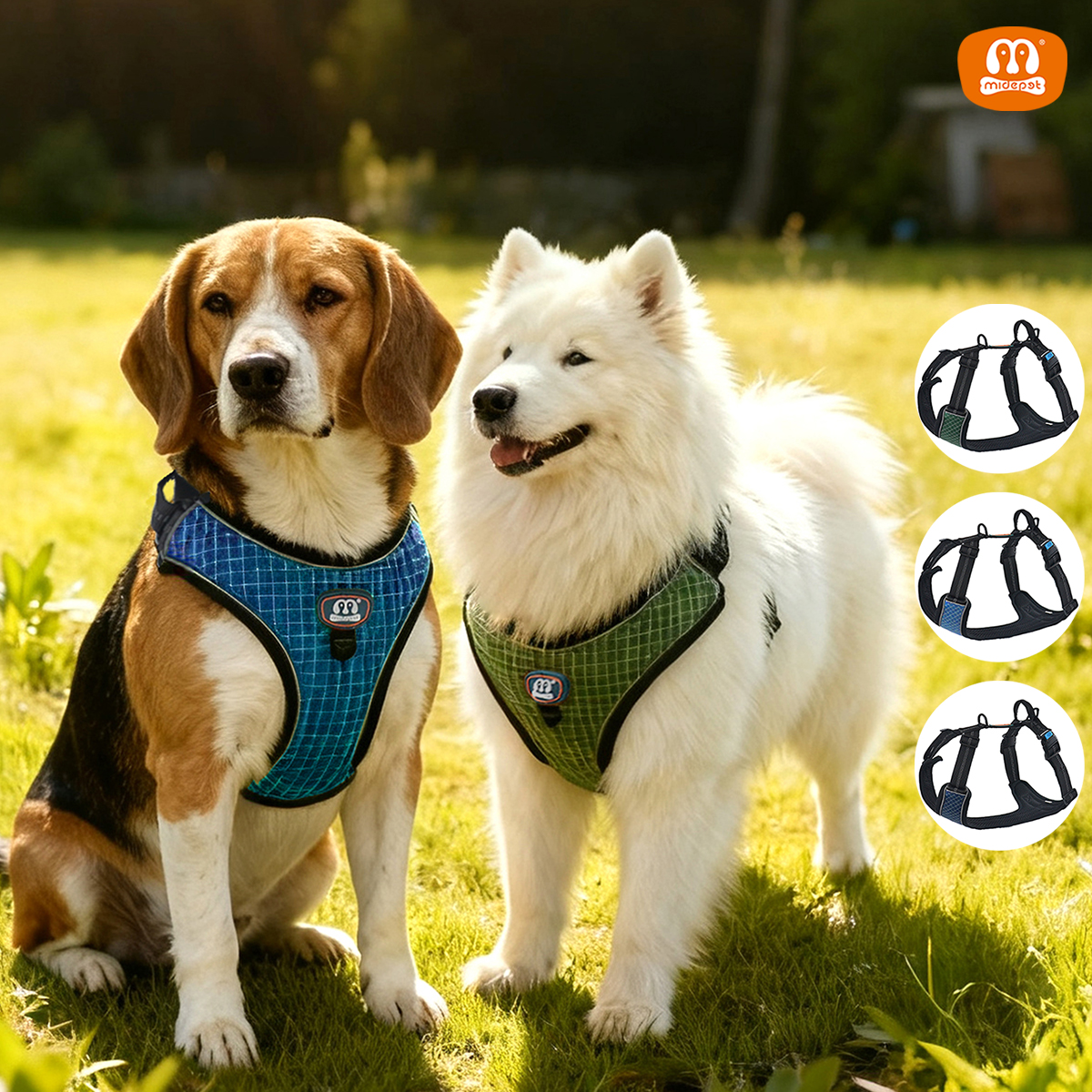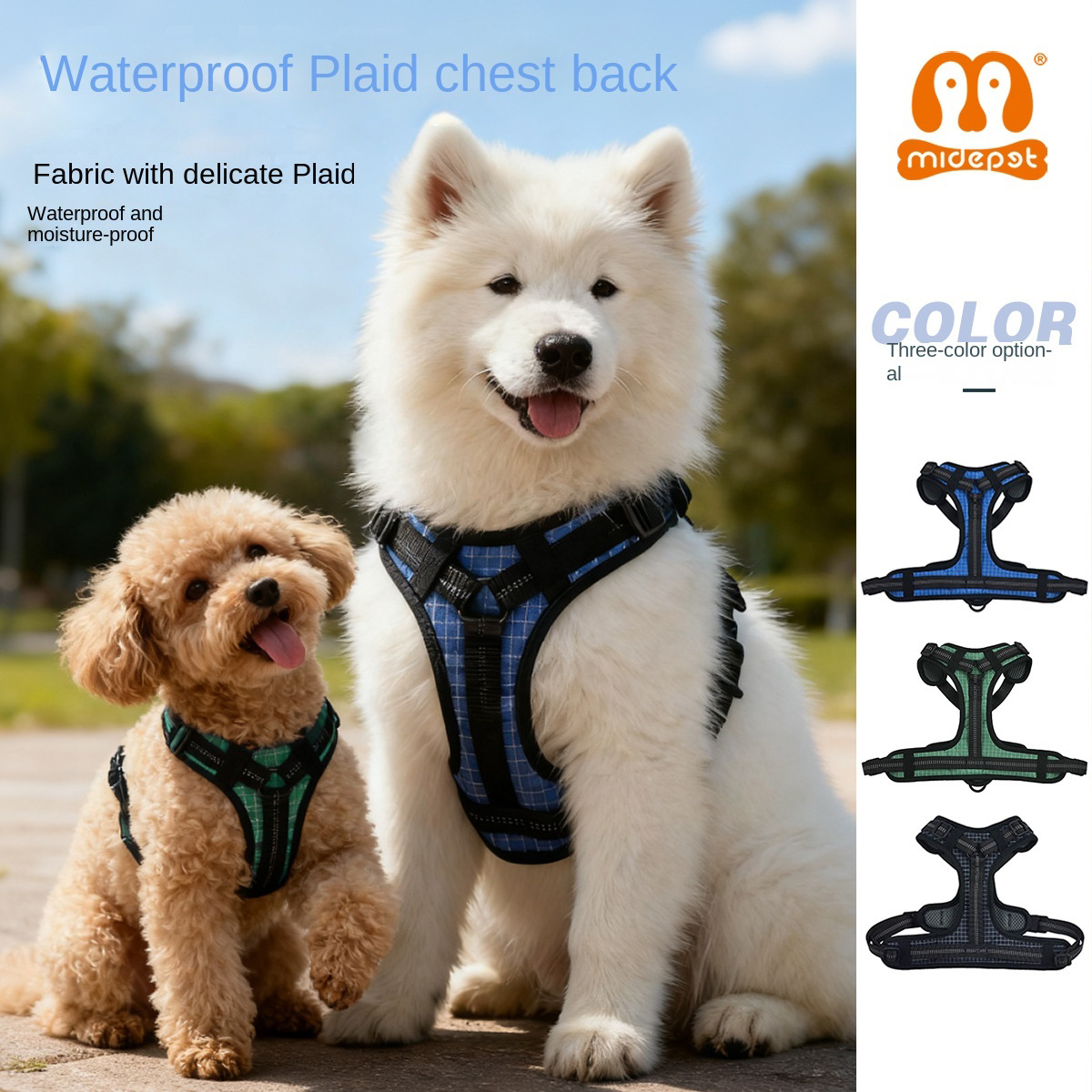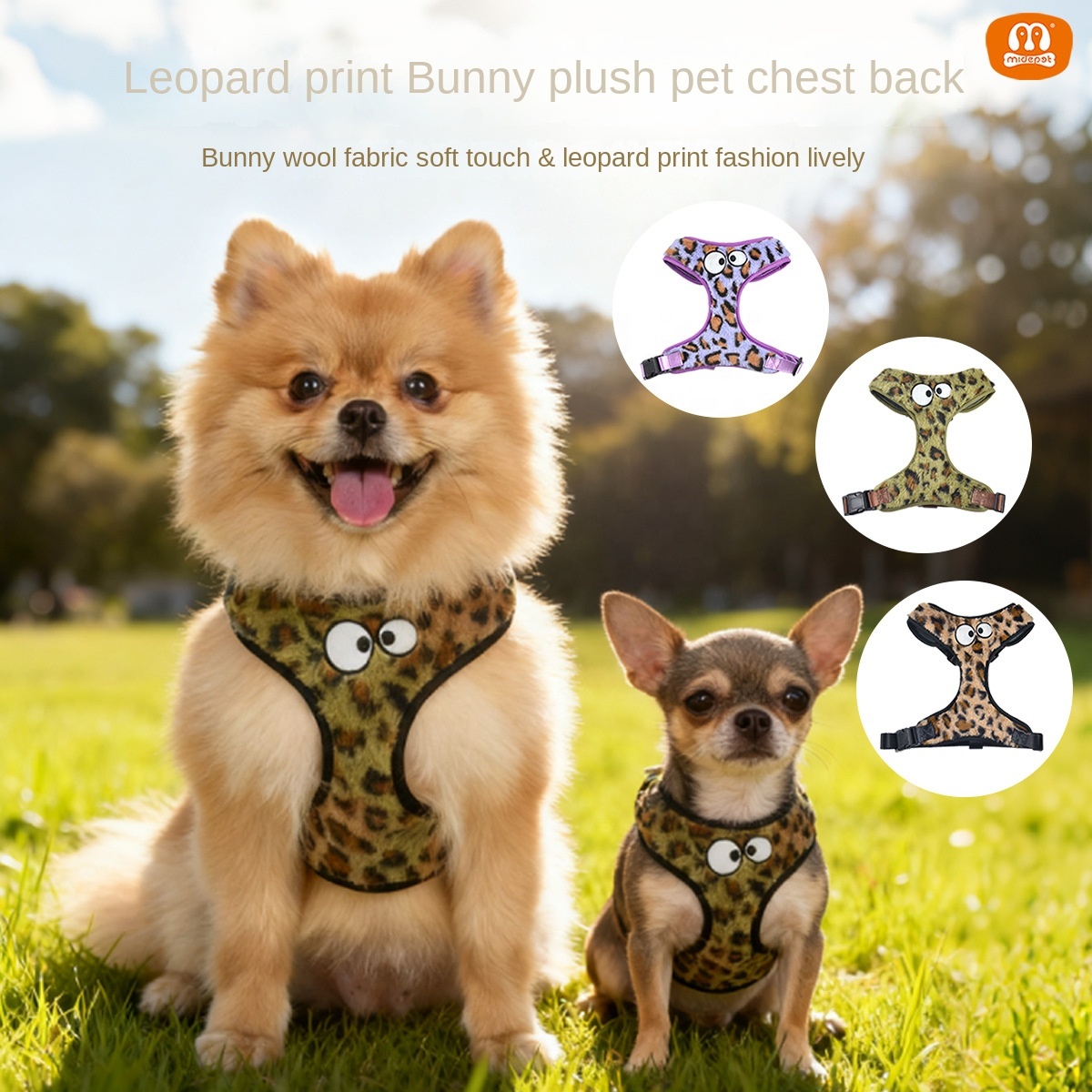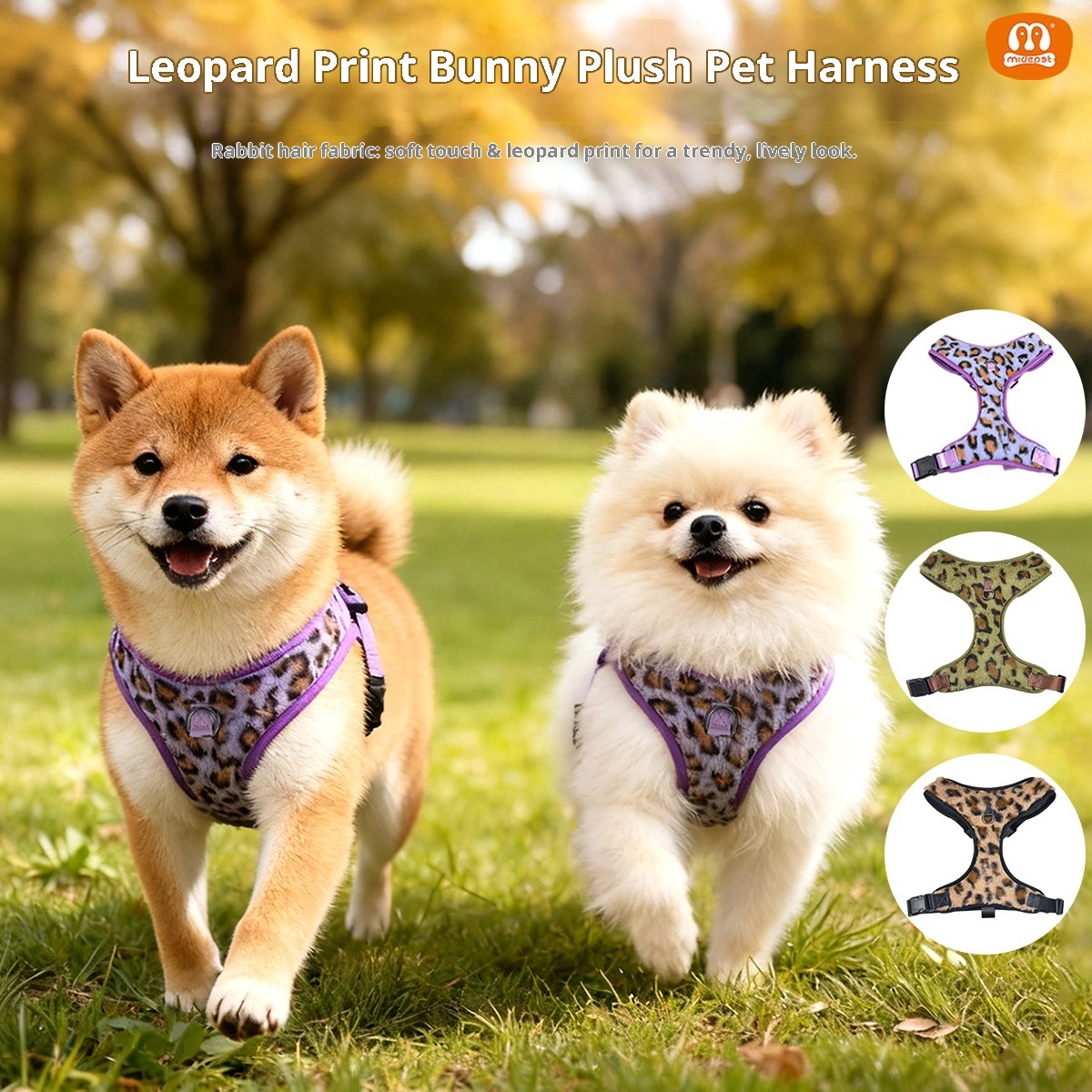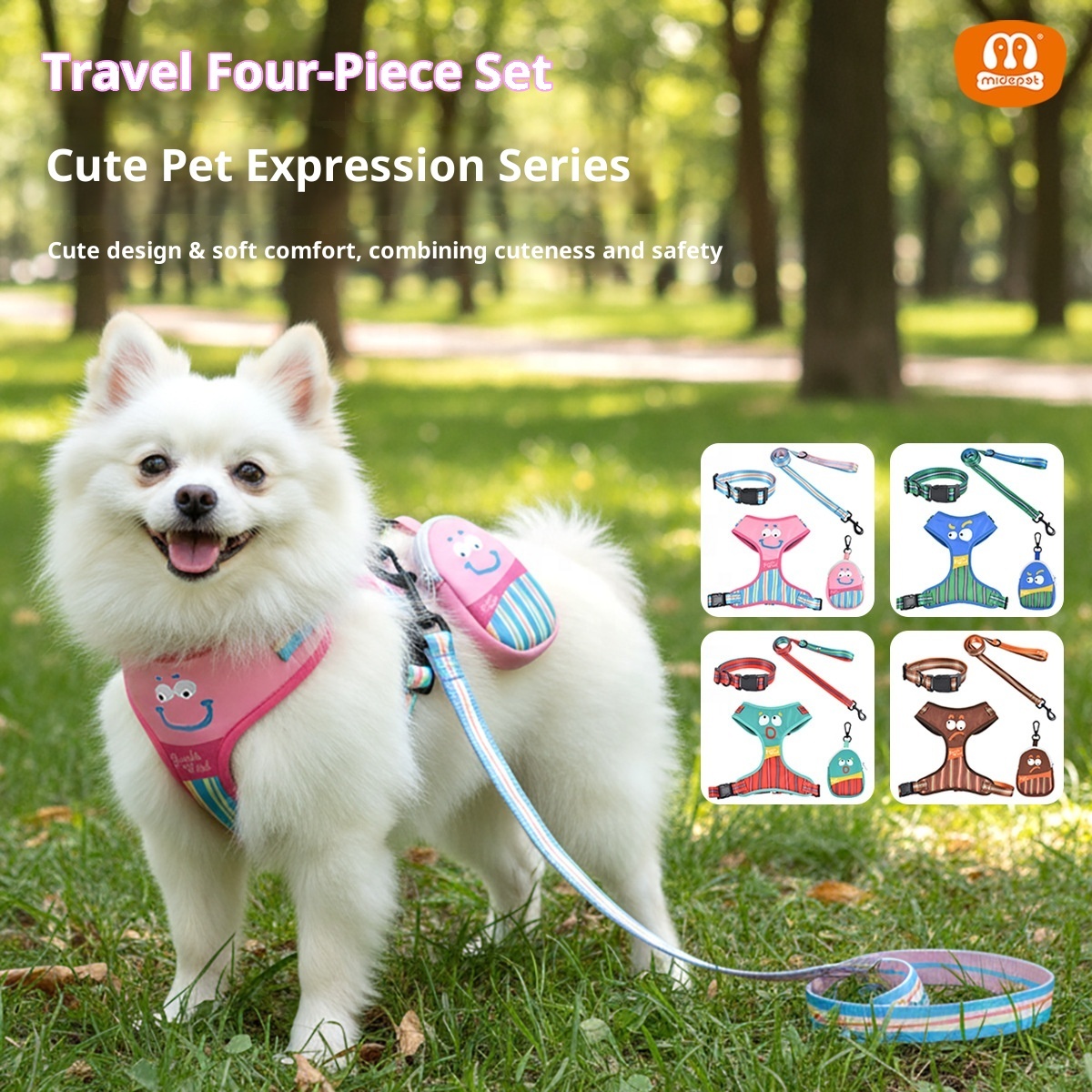Understanding the Colors Dogs Can See
What Colors Can Dogs See
Introduction
Dogs have a very different visual system than humans, which not only affects how they perceive the world, but also has a significant impact on the way we choose toys, clothing and accessories for them. While we often choose pet products based on human visual needs, understanding the visual characteristics of dogs can help us make choices that better meet their needs. This article takes an in-depth look at a dog's visual system and offers practical advice to help you select the right products, such as toys, collars and clothing, for your dog.
Main colors that dogs can see (blue and yellow) and what colors can dogs not see
There are three types of cones in the human eye, corresponding to the short-wave (blue), medium-wave (green) and long-wave (red) spectrums. This allows humans to distinguish between a wide range of colors. Dogs have two types of cone cells in their eyes, corresponding to the short-wave (blue) and long-wave (yellow/green) spectrums. This means that dogs are better able to distinguish colors between blue and yellow. Colors other than blue and yellow, such as red, orange, and green, cannot be distinguished as accurately as humans. These colors usually appear to dogs as shades of gray or near gray. So the colors that dogs can generally see are blue, yellow, and gray.

Color Contrast and Brightness Perception
Dogs exhibit unique characteristics in perceiving different levels of brightness and contrast. They are very sensitive to changes in brightness, but are less able to discriminate colors. This makes color contrast and brightness play an important role in a dog's visual experience. Environmental factors, such as lighting conditions and background color, can also affect a dog's visual perception. For example, enhanced color contrast helps dogs to better recognize objects in dimly lit environments.
Choosing the right product for your dog
Dog Toys
When choosing dog toys, you should consider your dog's sensitivity to color. Using dogs can see best colors (such as blue and yellow) can make the toy more appealing to them. Choosing the right material and design for your dog's toy is equally important, both in terms of durability, as well as the safety and comfort of the toy.
Dog Clothing and Accessories
Color choices for dog clothing and accessories are critical to improving safety and visibility. Using colors that dogs can see can help increase your dog's visibility during outdoor activities, especially at night or in low-light conditions. Choosing reflective materials as a design element for accessories is also an effective way to improve both safety and visibility.
Dog Training Tools
The choice of color can also affect results during dog training. Training tools that utilize colors that are clearly visible to the dog, such as blue or yellow, can help increase the efficiency and effectiveness of training. A dog's ability to recognize these colors can make the training process smoother and more effective.

Why is choosing the right color important?
Choosing colors that meet your dog's visual needs is important in several ways:
Safety: the use of distinctive colors improves safety by enhancing a dog's visibility during outdoor and nighttime activities.
Comfort: color sensitivity affects a dog's comfort. Choosing the right color can reduce a dog's discomfort with certain colors.
Psychological impact: color may have a potential impact on a dog's mood and behavior. Certain colors may make a dog feel more relaxed or excited.
How to test your dog's response to different colors
You can observe your dog's reaction by using toys of different colors. This simple test will help you understand which colors your dog is more interested in, so you can make a more appropriate product choice.
Purchasing advice
When choosing products for your pet, be sure to consider your dog's color vision needs. Choosing products that match your dog's visual characteristics can make your dog happier and more comfortable.
To summarize
Understanding the colors your dog can see and their importance to your pet's product choices will not only help you make a more informed decision, but will also enhance your dog's quality of life. Hopefully, the information provided in this article will help you pick out products for your dog that are both practical and meet his or her visual needs. Choose the best products for your dog's visual needs now!


